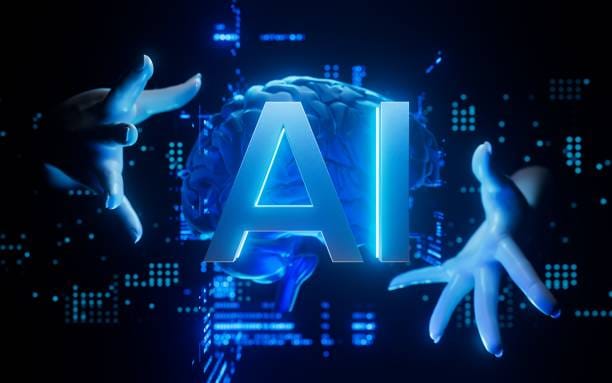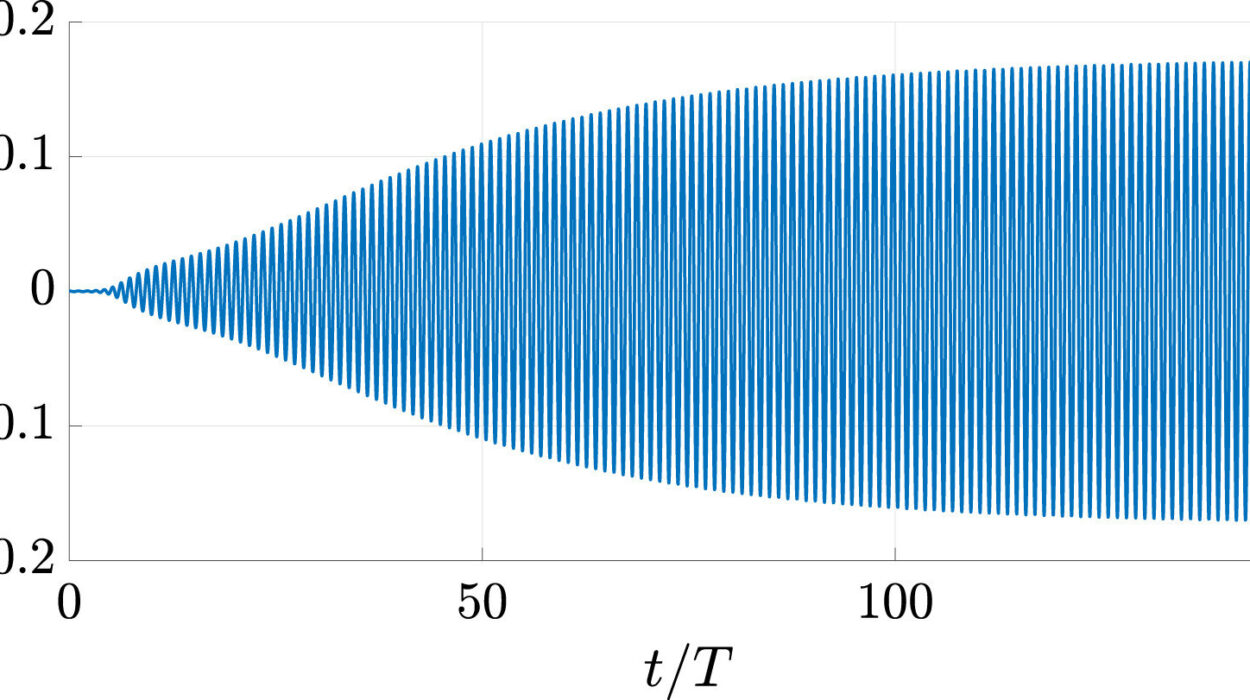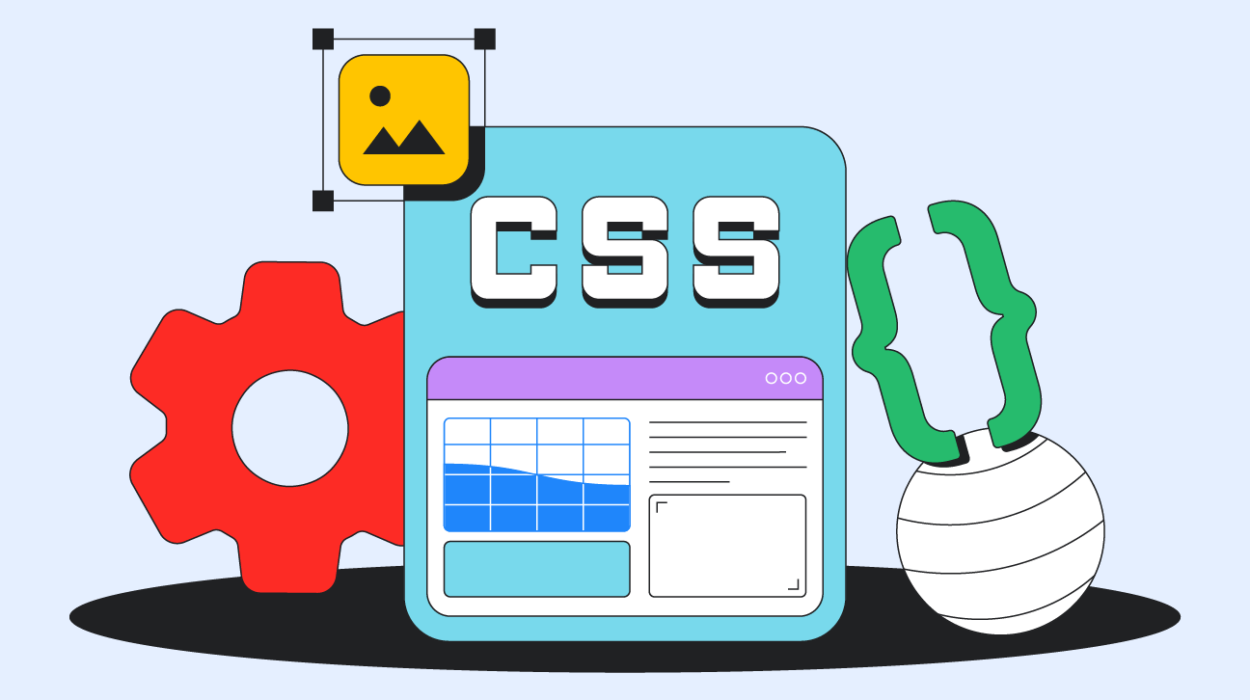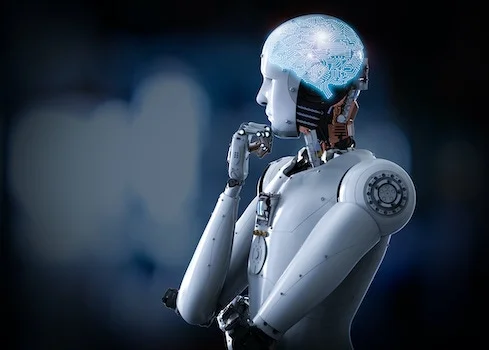It’s easy to think of artificial intelligence as a marvel of code and data — lines of algorithms humming silently in server racks, crunching numbers, recognizing faces, generating words. But in the last decade, AI has stepped out of the realm of pure technology and into the core of human life. It drives our cars, makes hiring decisions, approves loans, recommends news, and even writes stories like the one you’re reading now.
With this power comes a deep moral responsibility. Unlike traditional software, AI doesn’t just follow predefined rules. It learns, adapts, and sometimes surprises even its own creators. This adaptability, while exciting, means that AI can amplify human strengths — but also human flaws. And that’s where the conversation about ethics and bias begins.
Engineers and managers are no longer just builders of tools. They are, whether they realize it or not, architects of systems that will influence lives, shape economies, and redefine fairness itself. To work in AI today is to carry both a technical and a moral mission.
The Hidden Shadows in the Data
Every AI system is, at its heart, a reflection of the data it consumes. This data is the record of human decisions, interactions, and histories — and history, as we know, is messy. It contains prejudices, exclusions, and inequities.
Consider a recruitment AI trained on the résumés of a company’s past hires. If that company has historically hired fewer women or underrepresented minorities, the AI may learn that certain names, schools, or even word choices are associated with “less suitable” candidates — not because these traits truly matter, but because the data is steeped in past bias.
For engineers, the shock often comes when the system works “perfectly” according to the mathematical objective but fails catastrophically in human terms. The algorithm is not broken — it is faithfully reproducing the patterns of the data. The problem is that those patterns themselves may be unjust.
Managers, meanwhile, must understand that bias in AI is not an anomaly; it is the default state unless actively countered. The mere absence of malicious intent does not guarantee fairness. Without deliberate intervention, the AI will inherit and perhaps even magnify the inequities of the world it observes.
The Myth of Neutral Technology
One of the most dangerous misconceptions in AI development is the idea that algorithms are inherently neutral. The logic often goes: “A machine doesn’t have feelings or prejudices — it simply calculates.” This would be comforting if it were true. But an AI is not a blank slate. It is shaped by the objectives we set, the features we choose, the datasets we feed it, and the feedback we provide.
A predictive policing algorithm that forecasts “crime hotspots” is not observing reality in an untouched, objective sense. It is observing human-recorded crime data, which itself may be skewed by policing practices that disproportionately target certain neighborhoods. The AI’s output may appear data-driven, but it is in fact echoing the biases embedded in human systems.
For engineers, this means thinking critically about every assumption built into their models. For managers, it means recognizing that AI ethics is not just a “technical” challenge. It is a socio-technical one, rooted in the structures of the society from which the data comes.
When Bias Becomes Invisible to Its Creators
The most insidious forms of bias are not the ones we see coming, but the ones that slip past our awareness. This is partly because AI is so good at creating a veneer of objectivity. An engineer might watch a model improve its accuracy score and feel a sense of accomplishment, never realizing that the improvement is coming from better prediction in one demographic group at the cost of worsening predictions in another.
Bias also hides in the choice of metrics. A model optimized for overall accuracy might fail to detect cancer in women at a higher rate than in men, but the average accuracy could still look impressive. Without disaggregated analysis — breaking down performance by group — the harm can remain invisible until it reaches the real world.
Managers often encounter this in post-deployment scenarios. An AI system may meet all its key performance indicators (KPIs) while simultaneously eroding trust among users. The business numbers may look healthy, but the social impact may be corrosive. By the time complaints or regulatory inquiries arrive, the damage is already done.
The Ethical Framework: More Than a Compliance Checklist
When organizations first confront AI ethics, there is a tendency to look for a ready-made checklist: avoid discrimination, protect privacy, ensure transparency. These are crucial principles, but ethics is not a box-ticking exercise. It is an ongoing, context-dependent process that requires humility, reflection, and adaptation.
For engineers, this means embedding ethical thinking directly into the development cycle — from data collection to model training, testing, and monitoring. Ethics cannot be an afterthought applied in the final stages; it must be as integral as performance optimization or code quality.
For managers, it means building organizational cultures where ethical concerns are heard and acted upon. Engineers should feel empowered to question requirements that seem risky or harmful. Decision-making about AI should include not only technical leads but also ethicists, domain experts, and, where possible, representatives of the communities the AI will affect.
Transparency as a Path to Trust
One of the recurring themes in AI ethics is transparency — the idea that stakeholders should be able to understand how an AI system reaches its conclusions. This is easier said than done. Modern AI, particularly deep learning, often operates as a “black box,” with millions or billions of parameters interacting in ways that defy simple explanation.
However, transparency does not always mean revealing every line of code or every parameter. It can also mean providing clear, accessible explanations of what the system is designed to do, what data it was trained on, what limitations it has, and how its decisions should be interpreted.
For engineers, the challenge is to design models and interfaces that can surface meaningful insights without oversimplifying to the point of distortion. For managers, the challenge is to make transparency a business priority — not just for regulatory compliance, but because trust is a competitive advantage in an AI-driven world.
Accountability in a Diffused Landscape
One of the most difficult questions in AI ethics is: Who is responsible when something goes wrong? If an AI system denies someone a loan unfairly, is the blame on the engineer who built the model, the manager who approved its deployment, the executive who set aggressive growth targets, or the company that supplied the biased data?
In truth, accountability in AI must be shared. Ethical AI development requires clear lines of responsibility, but it also demands collective awareness. Engineers must understand the real-world consequences of their design choices. Managers must ensure that ethical oversight is built into the project governance. And executives must commit to ethical integrity even when it conflicts with short-term profits.
The Global Dimension of AI Ethics
AI does not exist in a vacuum. A face recognition system deployed in the United States may be trained on datasets largely representing Western faces, but when sold to customers in Africa or Asia, its accuracy can plummet. This isn’t just a technical failure; it is an ethical one.
Moreover, the ethical standards around AI vary by culture, law, and political system. What is considered an unacceptable privacy violation in Europe might be commonplace in another region. For global organizations, this creates a challenge: how to design AI systems that respect human rights across diverse contexts, not just comply with the minimum legal requirements of each market.
Building Ethical Literacy Inside Organizations
The reality is that most engineers receive little formal training in ethics during their education. They are taught to optimize performance, not to navigate moral complexity. Similarly, many managers come from business backgrounds where speed and efficiency are rewarded far more than careful reflection on social impact.
This skills gap is one of the biggest obstacles to ethical AI. Building ethical literacy means offering training, fostering cross-disciplinary collaboration, and creating safe spaces for raising concerns. It also means celebrating ethical wins — moments when the team chose the more responsible path, even if it meant a delay or a smaller profit.
The Human Element: Empathy in AI Design
Ultimately, AI ethics is about people. It is about recognizing that every data point is a fragment of someone’s life, that every prediction can change a trajectory, that every automation shifts the balance of opportunity and risk.
For engineers, empathy can be a design principle. When building a healthcare AI, imagine the anxiety of the patient waiting for a diagnosis. When developing a hiring algorithm, imagine the applicant whose future may hinge on your system’s score.
For managers, empathy can be a leadership strategy. Ethical decision-making often means looking beyond quarterly metrics to consider the dignity, autonomy, and trust of those affected by your systems.
From Ethical Aspiration to Ethical Practice
It is tempting to treat AI ethics as an aspirational goal — a mission statement on a website, a set of guidelines posted on an office wall. But the true measure of ethical AI is in the details: the decision to audit a dataset before training; the courage to halt a deployment when tests reveal disparate impacts; the commitment to ongoing monitoring long after launch.
Ethics in AI is not a destination but a continuous journey. It requires vigilance, adaptability, and, above all, the willingness to see technology not just as a marvel of engineering but as an extension of human values.
The Road Ahead
We are still in the early chapters of AI’s story. The systems we build today will shape the world our children inherit. That world can be more equitable, transparent, and empowering — but only if we make ethics and fairness as central to AI as performance and profitability.
For engineers, that means embracing their role not just as coders but as stewards of societal impact. For managers, it means championing responsible innovation, even when the ethical path is the harder one.
The stakes could not be higher. AI will not just predict the future; in many ways, it will create it. And the choices we make now — about fairness, accountability, and human dignity — will echo in that future for decades to come.






